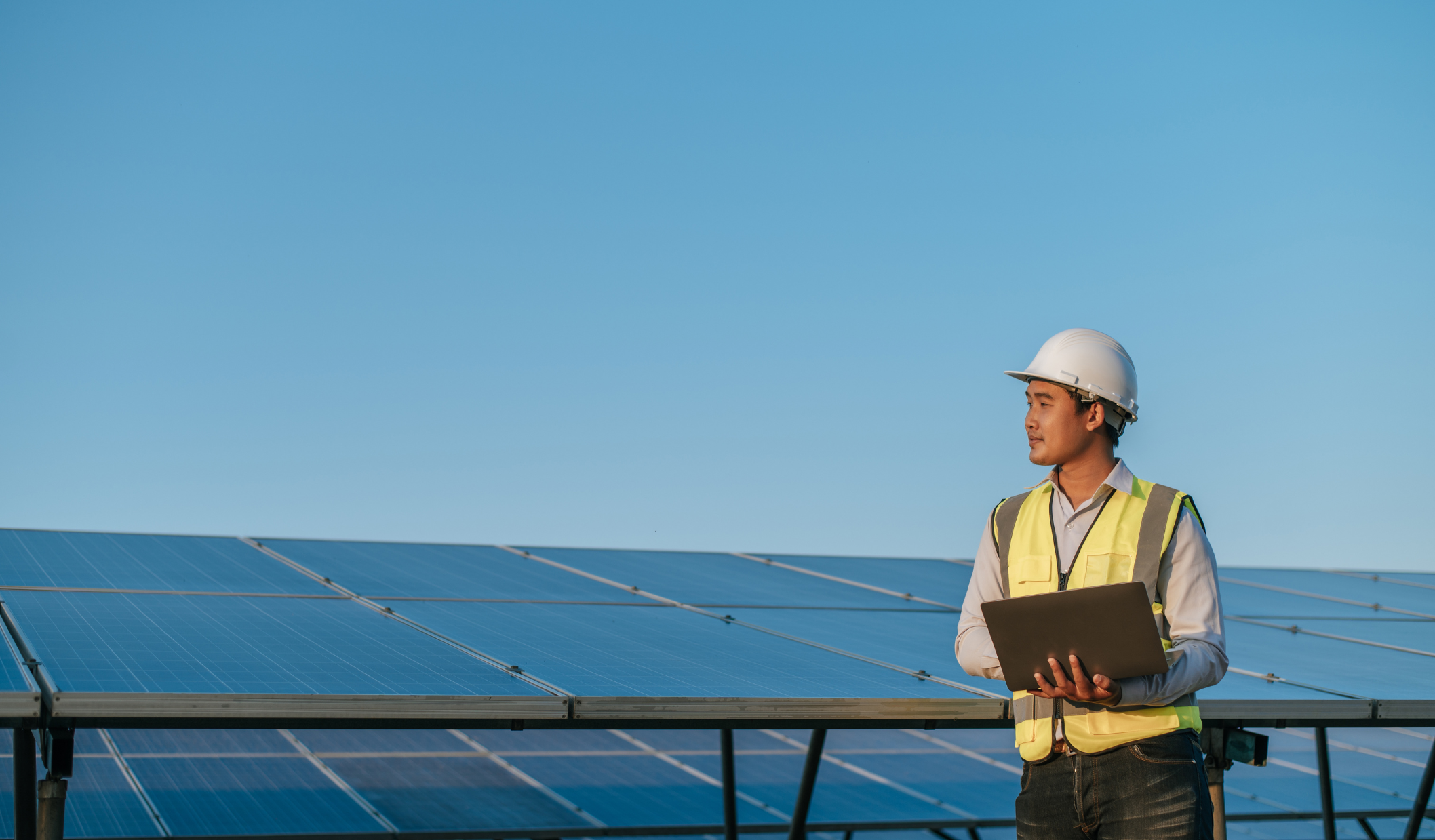The Power of Renewable Energy
As the global community contends with the mounting impacts of climate change, New Zealand faces an impending electricity supply crisis that underscores the urgent need for resilient, sustainable energy solutions. With over 80% of New Zealand’s electricity generated from renewable sources – predominantly hydropower, geothermal, and wind – the country is already a leader in renewable energy adoption. However, reliance on hydropower and aging gas reserves, paired with increasingly erratic weather patterns, is challenging the stability of the country’s energy supply. This challenge presents an opportunity to transition more robustly toward renewable energy sources, particularly solar and wind, to support energy independence and ensure a secure supply for future generations.
The Renewable Backbone of Energy Supply
Low hydro storage from erratic rainfall and shrinking gas reserves have raised electricity costs, affecting businesses and putting residential consumers at risk. New Zealand’s energy stability now depends on diversifying with renewables that can offset these unpredictable challenges.
In 2023, the Ministry of Business, Innovation and Employment reported that 60% of New Zealand’s electricity came from hydropower, 18% from geothermal, 9% from gas, 7% from wind, and 2% from coal.
New Zealand generates over 80% of its electricity from renewables – mainly hydropower, geothermal, and wind – positioning it as a leader in clean energy. However, heavy reliance on hydropower and aging gas reserves, combined with increasingly erratic weather, is challenging the stability of its energy supply.

Economic and Community Benefits of Renewable Energy
Wind and solar energy are vital to New Zealand’s renewable strategy, offering critical support to a system increasingly impacted by climate variability. Wind generation is on track to reach 2,200 MW, or 11% of total capacity, by the end of 2024—a remarkable leap from 34 MW in 2004. Meanwhile, solar energy, though currently under 1% of the energy mix, is set to expand swiftly. Five large-scale solar projects with a combined capacity of 830 MW will be operational by 2025. Additionally, 22 more solar projects in the fast-track approval phase will contribute another 3,000 MW, projected to bring solar capacity to 8% by the end of 2026. Together, these initiatives are expected to cut reliance on fossil fuels by at least 12%, significantly strengthening New Zealand’s renewable energy infrastructure.
Beyond clean power, wind and solar energy deliver substantial economic and social gains to New Zealand communities. Local wind farms stimulate economic growth through land lease payments, job creation, and tax revenue that can bolster essential services such as education, infrastructure, and public safety. By committing to these resources, New Zealand communities can build a sustainable energy ecosystem that promotes both economic resilience and energy security.
Building a Renewable Energy Legacy
In light of the pressing challenges of climate change and diminishing fossil fuel resources, renewable energy presents a viable solution for a sustainable future. By strengthening its renewable energy infrastructure, New Zealand is poised to create a resilient, eco-friendly energy system that empowers both local communities and the nation as a whole. This shift represents more than just an energy transition; it’s a commitment to a sustainable legacy that will benefit New Zealanders and the planet for generations to come.
Wind energy plays a critical role in New Zealand’s renewable landscape. Wind generation is projected to reach 2,200 MW, or 11% of installed capacity, by the end of 2024 – a substantial increase from 34 MW in 2004.





